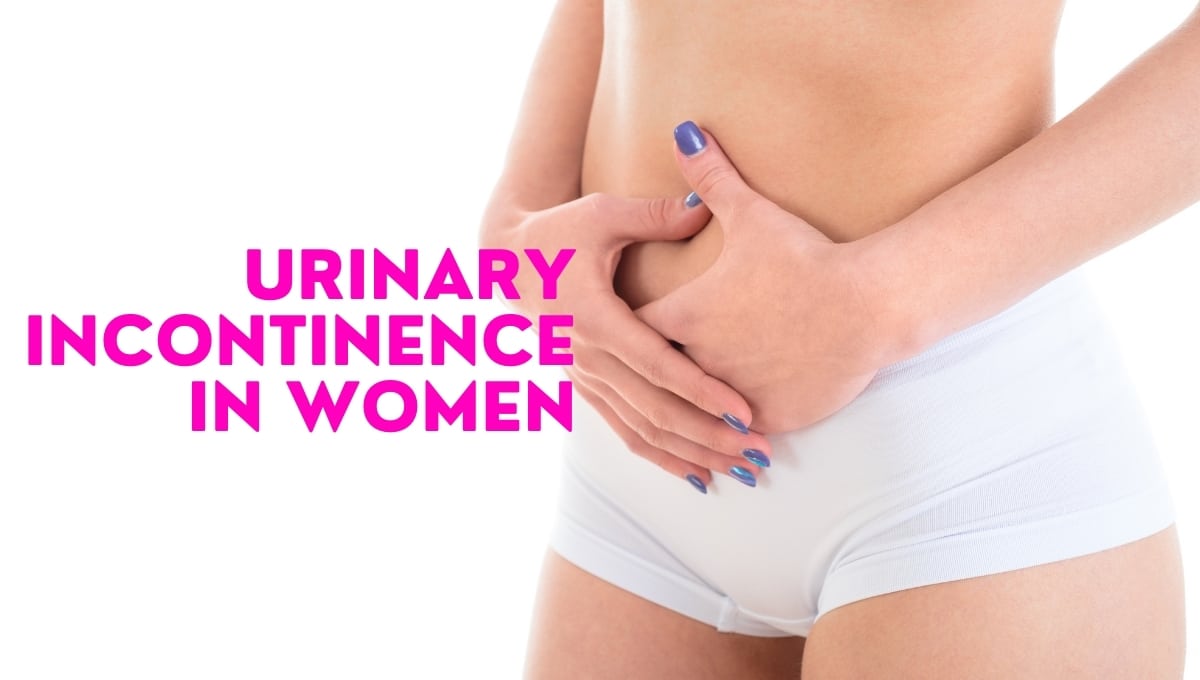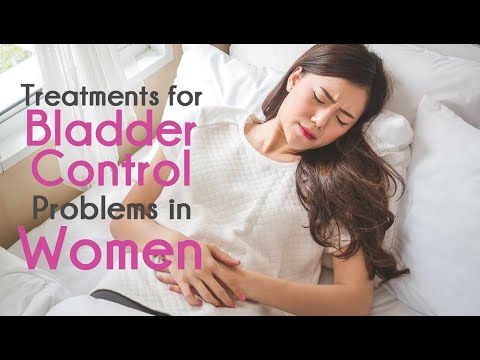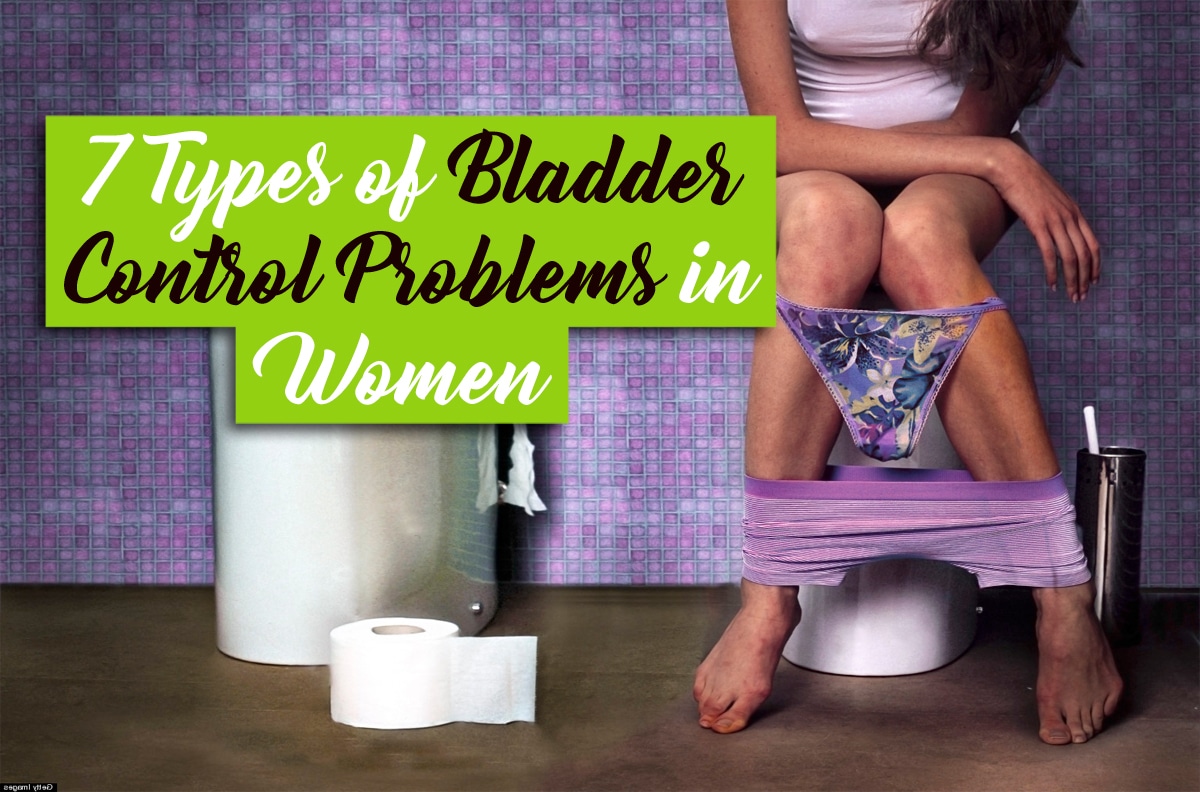My name is Yaser Bassel, I’m a board certified urologist with Advanced Urology Institute. We see a lot of women, in particular for issues with incontinence or involuntary loss of urine. And there are multiple reasons for having that
Continue readingUrinary Incontinence in Women
The loss of bladder control known as Urinary Incontinence is a normal problem that is more common in women than men. The effects of urinary incontinence range from barely noticeable to severe. As Dr. Amar Raval from the Advance Urology Institute says, “It is a big issue for women out in public.” Incontinence can cause difficult and embarrassing situations.
There are many causes of urinary incontinence. To understand these causes, it is important to remember that urinary incontinence is a symptom, not a disease. Lifestyle choices that can exacerbate the problem include consuming alcohol, caffeine, spicy foods and certain medications. For women, life events that affect women’s bodies in a way that can cause incontinence include pregnancy, childbirth, menopause and aging. Other causes can be found in weight, family history and health.
 The different types of urinary incontinence can exhibit a variety of symptoms. Stress incontinence is characterized by small leaks of urine due to pressure on the bladder while laughing, coughing, sneezing or exerting oneself. The small leaks of overflow incontinence happen when the bladder has not fully emptied during urination. Urge incontinence is the sudden and intense urge to urinate, sometimes resulting in an involuntary loss of urine. Having to urinate frequently through the night is another symptom experienced by women with urge incontinence. It is also common for women to be affected by more than one of these types of incontinence.
The different types of urinary incontinence can exhibit a variety of symptoms. Stress incontinence is characterized by small leaks of urine due to pressure on the bladder while laughing, coughing, sneezing or exerting oneself. The small leaks of overflow incontinence happen when the bladder has not fully emptied during urination. Urge incontinence is the sudden and intense urge to urinate, sometimes resulting in an involuntary loss of urine. Having to urinate frequently through the night is another symptom experienced by women with urge incontinence. It is also common for women to be affected by more than one of these types of incontinence.
Fortunately, a wide range of treatment options is available. Women can work with their urologist to find the best treatment option for their individual situation. In some cases, treatment can be as easy as making slight lifestyle changes or taking an oral medication. Botox and acupuncture can help relieve stress incontinence. For more advanced cases, urethral slings can ease symptoms by lifting the urethra into a normal position, and robotic surgeries can lift the bladder in cases of incontinence caused by a prolapse.
The loss of bladder control can be a lifestyle limiting problem for women when it affects their ability to leave the house and maintain normal activities. The urologists at the Advance Urology Institute work closely with each patient to ensure they can live with freedom and confidence, and without the worries of incontinence. For more information, visit the Advanced Urology Institute website.
Treatments for Bladder Control Problems in Women
Urinary incontinence happens when the bladder becomes weak and urination happens by accident. Although they seldom want to talk about it, urinary incontinence affects women twice as often as men. The cause may be related to childbirth or menopause, and the structure of the female urinary tract plays a role as well.
If you suffer from this problem, it’s important to realize you are not alone. More than 33 million Americans deal with urinary incontinence or a bladder condition. Unwanted urinary activity occurs in both men and women and increasing age can be a partial cause. Is is estimated that one out of three women in the United States has a bladder problem.
 Bladder control problems can vary, from occasional urine leakage that happens when you cough or sneeze, to having sudden urges to urinate so strong you do not make it to the toilet in time. There are several basic forms of incontinence and you can have more than one condition. There is urge incontinence, where you will feel a need to urinate all of a sudden as the bladder involuntarily contracts, compelling you to urinate immediately. Another form is stress incontinence. This is caused when physical stress from coughing or sneezing, or athletic activity, puts pressure on the bladder and causes leakage.
Bladder control problems can vary, from occasional urine leakage that happens when you cough or sneeze, to having sudden urges to urinate so strong you do not make it to the toilet in time. There are several basic forms of incontinence and you can have more than one condition. There is urge incontinence, where you will feel a need to urinate all of a sudden as the bladder involuntarily contracts, compelling you to urinate immediately. Another form is stress incontinence. This is caused when physical stress from coughing or sneezing, or athletic activity, puts pressure on the bladder and causes leakage.
Some women experience overflow incontinence, which happens when you leak urine because your bladder does not empty all the way.
Assessing Causes of Urinary Leakage
When you make an appointment, your doctor or a physician assistant will ask for a thorough history of the problem, followed by a physical exam. Some simple and painless tests may be taken. Urinalysis is a test in which a urine sample is checked for traces of blood, signs of infection, nitrates, or other indications of a medical problem. You may be asked to create a bladder diary, keeping a record for a few days to track the amount of fluids you drink and the frequency and amount of urine, as well as details of urgency or leakage.
Another test may be a post-void residual measurement. You will urinate into a container, and then your doctor uses ultrasound to measure the amount of urine left in your bladder.
Treating Bladder Control Problems
- Changing your diet and performing Kegel exercises may help with both urge and stress incontinence. Additional treatments may be recommended ranging from medications to surgery.
- Medications can be prescribed, including anticholinergics (used to block neurotransmitters), antidepressants, estrogens, or nerve-stimulating drugs.
- Injection therapy involves the injection of collagen and other compounds to bulk up the urethra.
- Botox injection is another possibility. Injecting Botox into the bladder partially paralyzes muscles to help reduce overactivity.
- Surgical options are available for treating bladder control issues. They include urethral slings or mesh tape inserted to support a sagging urethra, or sacral nerve stimulation through an implanted device that calms nerves of the bladder.
It is best to make an appointment with a urologist if you are experiencing bladder control problems. Our doctors at Advanced Urology Institute have years of experience with treating bladder problems and working with patients to find the best solutions. For more information, visit the Advanced Urology Institute website.
What Does Dr. Nicole Szell Say About Women’s Urinary Incontinence?
7 Types of Bladder Control Problems in Women
Bladder control problems are common for many women. They are characterized by urine leakage, a progressively weaker urine stream, inability to empty the bladder or the frequent urge to urinate and rush to a bathroom. Bladder issues often restrict a woman’s range of physical activities and may cause withdrawal from social interactions, resulting in a diminished quality of life. Causes may include weakness of the pelvic fascio-muscular supports, nerve damage, various medications for neurologic conditions and underlying medical disorders like kidney disease and diabetes. While these problems differ according to cause and contributing factors, urologists can help women regain bladder control by identifying the type of bladder problem and administering the right treatment.
The 7 most common types of bladder control problems in women are:
1. Temporary or transient incontinence
This is a short-lived episode of loss of bladder control that commonly affects more than half of hospitalized women and at least a third of community-dwelling elderly women. It is often a side effect of medications (such as sleeping pills and diuretics) that lower cortical control over the urinary bladder or stimulate overproduction of urine. They may also be caused by surgery, pregnancy, urinary infections, severe constipation, or an inflamed or irritated bladder, vagina or urethra. In all cases, temporary incontinence will resolve on its own as soon as causative factors are identified and corrected.
2. Stress incontinence
This is the involuntary loss of bladder control associated with activities that increase physical pressure and stress in the abdomen and bladder. Affected women report having urine escapes when they laugh, cough, sneeze, have sex, exercise or engage in heavy lifting. It is the most common type of incontinence among women, occurring at any stage of life due to the physical changes of pregnancy, childbirth or menopause, all of which weaken the pelvic floor and reduce the effectiveness of bladder supporting ligaments.
3.Urge incontinence
Urge incontinence is the loss of bladder control commonly resulting from abnormal nerve signals or nerve damage due to a cerebrovascular accident, an infection or diabetes mellitus. It is characterized by a strong, abrupt and urgent need to urinate without prior warning, followed by the escape of a considerable amount of urine almost at once. Women affected by this bladder problem report leaking urine on their way to the restroom, urinate more than eight times per day and usually have to get to the bathroom more than two times overnight.
4. Mixed incontinence
This type of incontinence represents a combination of the characteristics of both urge and stress incontinence, with affected women experiencing episodes of sudden, urgent and uncontrollable urge to urinate together with urine leakage after a sudden cough, sneeze or laughter. All the factors that trigger urge and stress incontinence also cause mixed incontinence, including abnormal nerve signals, nerve damage, weakened pelvic floor muscles and connective tissue abnormalities.
5. Functional incontinence
Unlike the other types of incontinence, functional incontinence is not caused by abnormalities in the urinary system, nerves or muscles, but it occurs when a woman is unable to reach the bathroom in time to void because of mental and physical limitations. For example, a woman who is handicapped (such as having arthritis, a broken leg, Parkinson’s disease or Alzheimer’s disease) may not be able to move to the bathroom to urinate as soon as her bladder capacity is far exceeded, urinating where she is. Therefore, functional incontinence is a side effect of a mental or medical health issue.
6. Overflow incontinence
Characterized by the involuntary leakage of small amounts of urine when the amount of urine in the bladder exceeds the bladder’s maximum capacity, overflow incontinence occurs in women with weak bladder muscles, blocked urethra, kidney stones, scar tissue, pelvic organ prolapse, diabetes and multiple sclerosis. In overflow incontinence, the bladder has a substantial amount of residual urine and tends to overfill rapidly, resulting in the overflow of urine within a very short time. When not promptly treated, overflow incontinence can lead to bladder infection.
7. Overactive bladder
In some women, the inability to control the bladder is characterized by a sudden and unstoppable need to urinate, passing urine eight or more times per day and having to wake up two or more times every night to pass urine. In women with overactive bladder, detrusor muscles contract unpredictably and the inability to control the bladder can be so embarrassing that the affected person may want to isolate herself and limit her work and social life.
For women having bladder control problems, the good news is that a brief evaluation by an experienced urologist can quickly identify the type of bladder problem and pave the way for immediate treatment. If you have bladder control problems, inform your doctor and ask for help. Do not let your embarrassment keep you from getting the help you need. For more information, visit the site Advanced Urology Institute.






